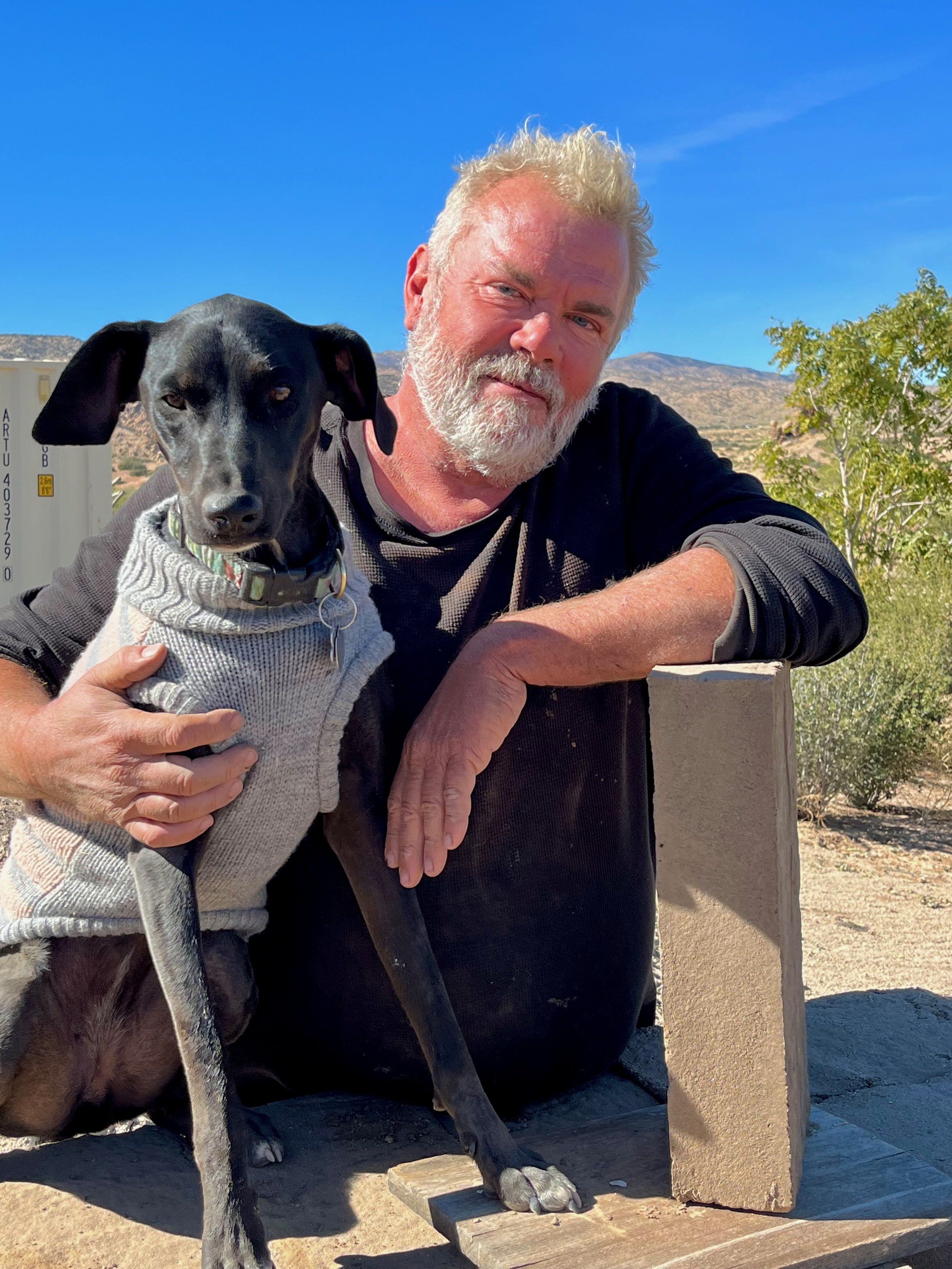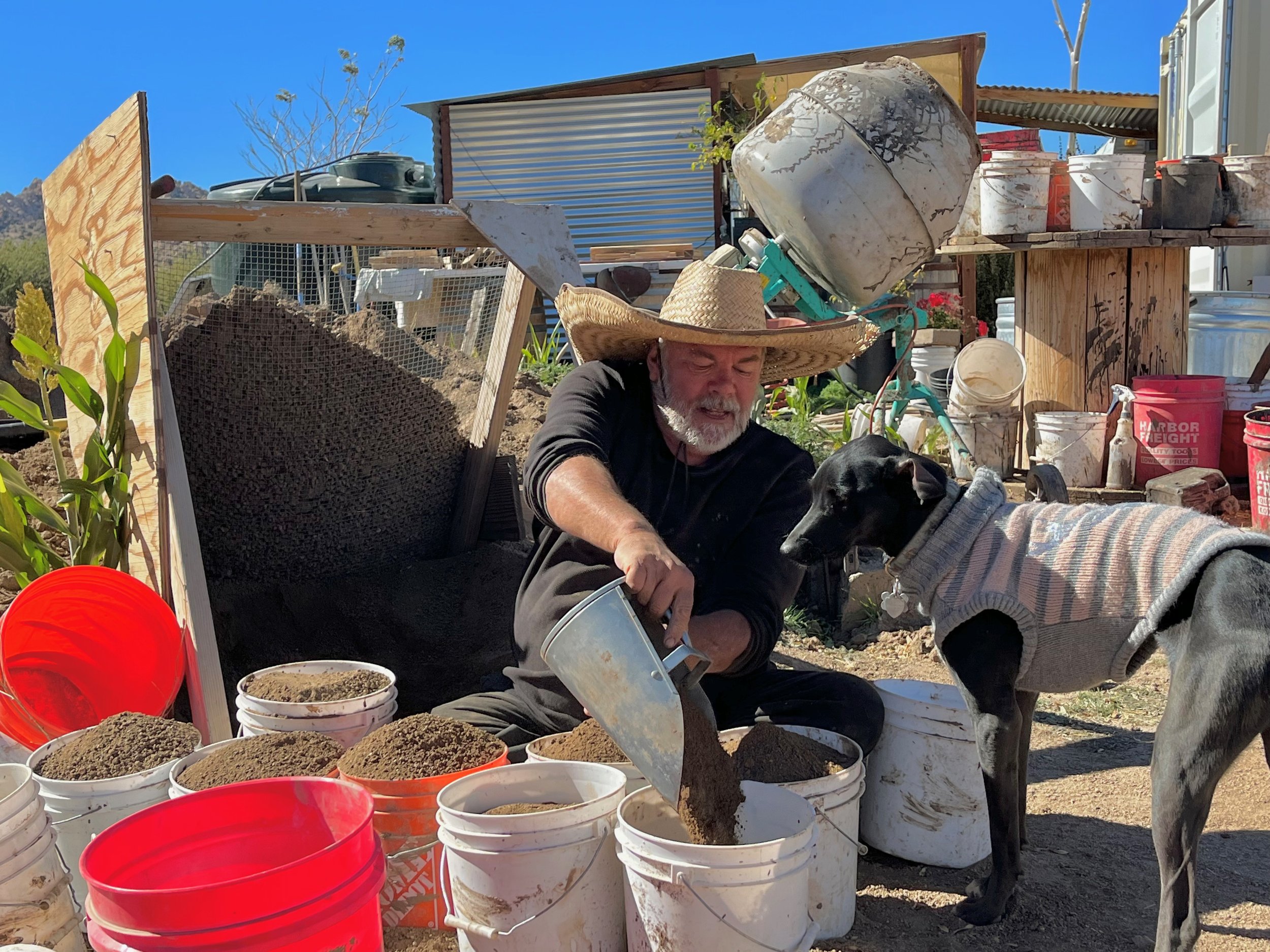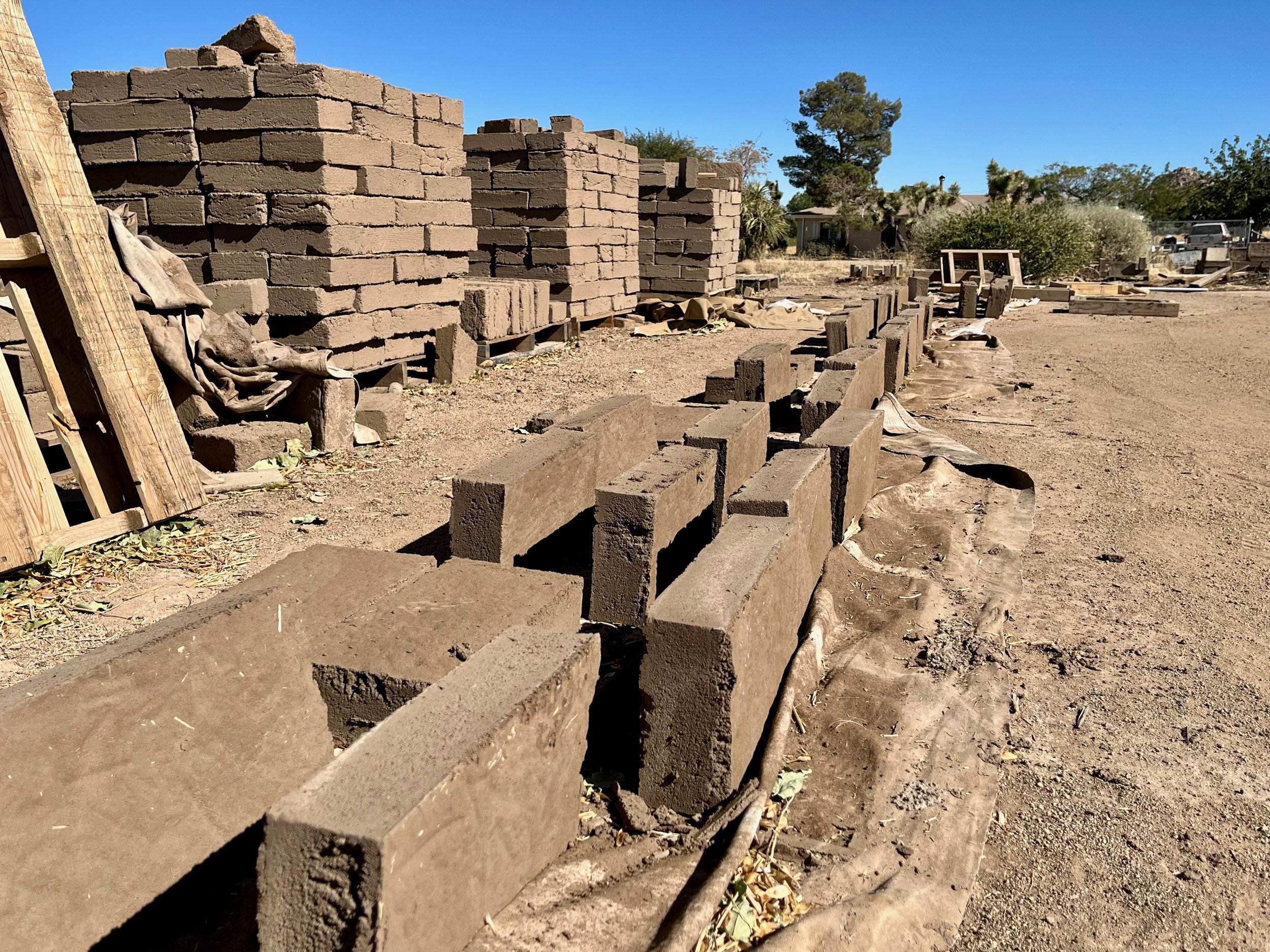In our thirty-third Mud Talks podcast, we speak to Debora Barros and Siena Leone-Getten from the Pratt Institute Historic Preservation MS Program on the topic of Adobe in Action’s recent “Intro to Adobe Preservation with Pat Taylor” workshop which they attended in Mesilla, NM with a group of eleven students.
When asked why the preservation of adobe buildings is a special experience for Historic Preservation students, architect and Professor Debora Barros explained that there is more common ground between the two fields than one can expect. At Pratt Institute’s Masters in Historic Preservation, theory and hands on practice of adobe preservation have been harnessed as a rich pedagogical tool to promote a variety of learning outcomes:
Adobe (and other earthen) buildings are among the oldest in the world, with many featured as highly significant heritage across the globe, potentially becoming the subject of work of our graduates focusing on architectural conservation.
The hands-on experience of adobe conservation highlights the significance of traditional building crafts, fostering interest in this career path, potentially mitigating the incremental loss of knowledge transfer and subsequent loss of qualified workforce which has been a long-standing concern in the field.
Adobe preservation fosters a deeper connection to the land, to local, regional and ancestral practices that are beneficial holistic experiences. Processes of making build student’s confidence and problem-solving abilities. This fits within the tradition of Pratt Institute as a School of Arts and Design.
Both Historic Preservation and the preservation of earthen buildings are inherently sustainable. Historic Preservation is a field of advocacy for the retention and adaptation of the built environment for the benefit of society and future generations. The synergy between preservation and sustainability in light of the climate imperative can be leveraged as a powerful catalyst to mitigate the effects of climate change.
And finally, both Historic Preservation and earthen buildings are fields underpinned by advocacy efforts. In our age, characterized by a material culture of planned obsolescence, preservation of the potential offered by existing buildings and the fight for a return to a healthier, regional building culture that can acknowledge the wisdom of earthen construction can be seen not only as advocacy, but as acts of resistance.
Debora Barros is an architect and Visiting Assistant Professor at Pratt Institute. She has been practicing Architecture and Preservation for over 18 years with experience in New York, United Kingdom and Brazil. After completing her Master of Science from the Historic Preservation Program at Columbia University, with focus on materials conservation, Ms. Barros has worked extensively on preservation and adaptive reuse projects such as the Guggenheim Museum, the Park Avenue Armory and the New-York Historical Society. Her passionate engagement in Historic Preservation straddles Architecture of the Modern Movement, such as leading educational tours in Brazil on behalf of the non-profit DOCOMOMO_US, and Conservation and Maintenance of Archaeological Sites, where her research focuses on the preservation of traditional construction techniques and building crafts, and their translation into contemporary construction practices.
Siena Leone-Getten is a recent graduate of the Historic Preservation M.S. Program at the Pratt Graduate Center for Planning and the Environment. She hopes to one day work on the preservation and interpretation of historic buildings within parklands.








